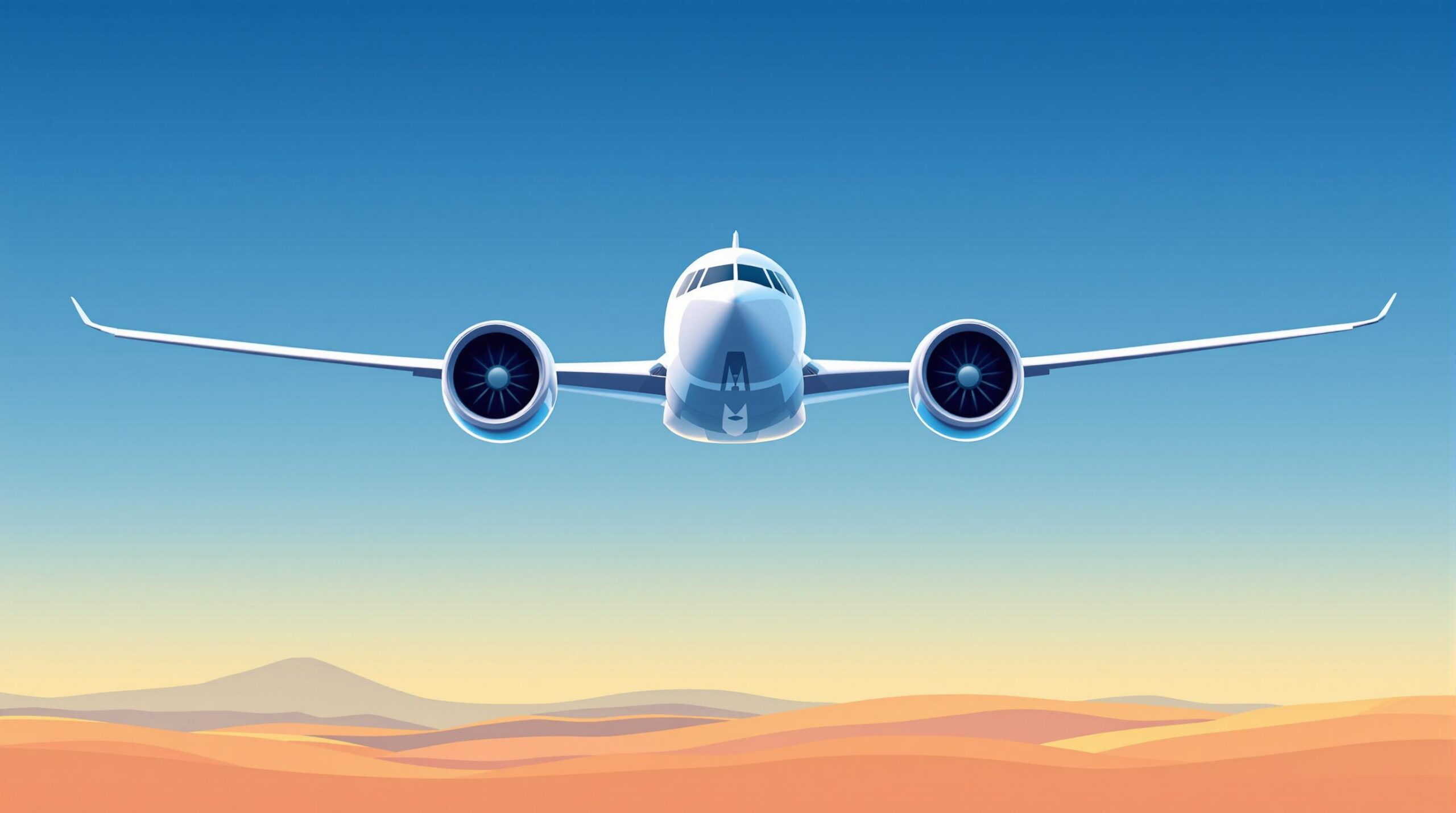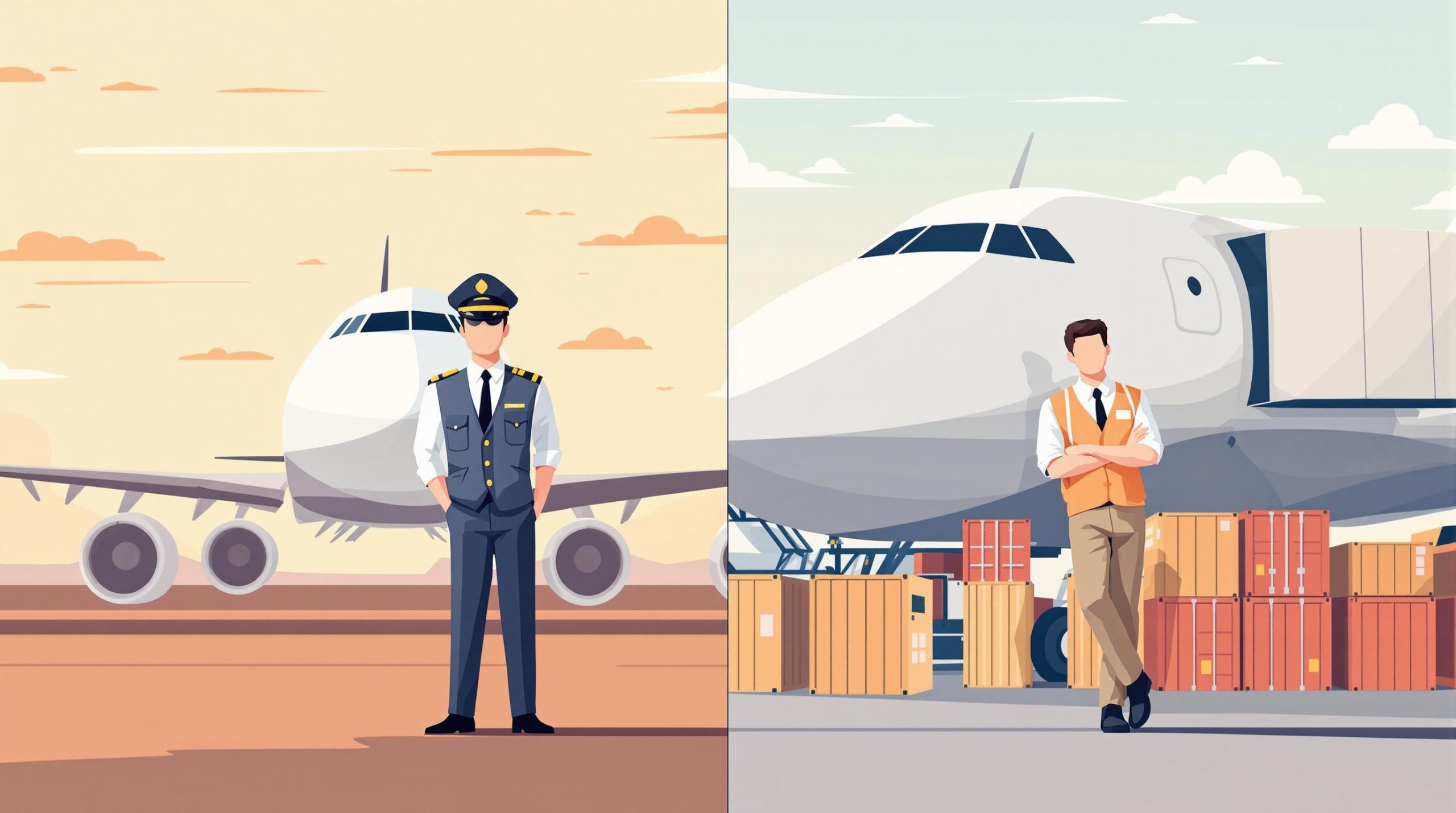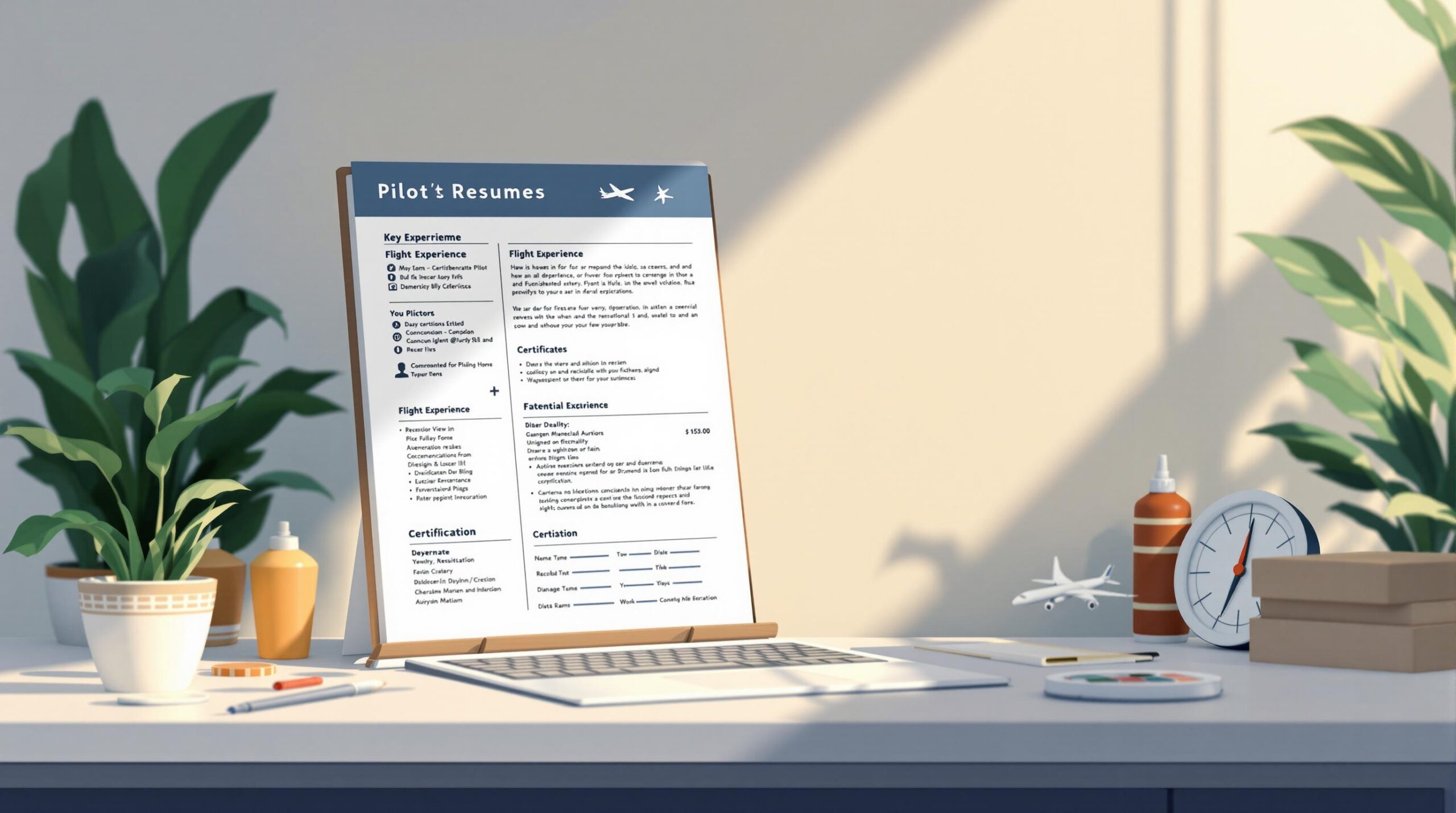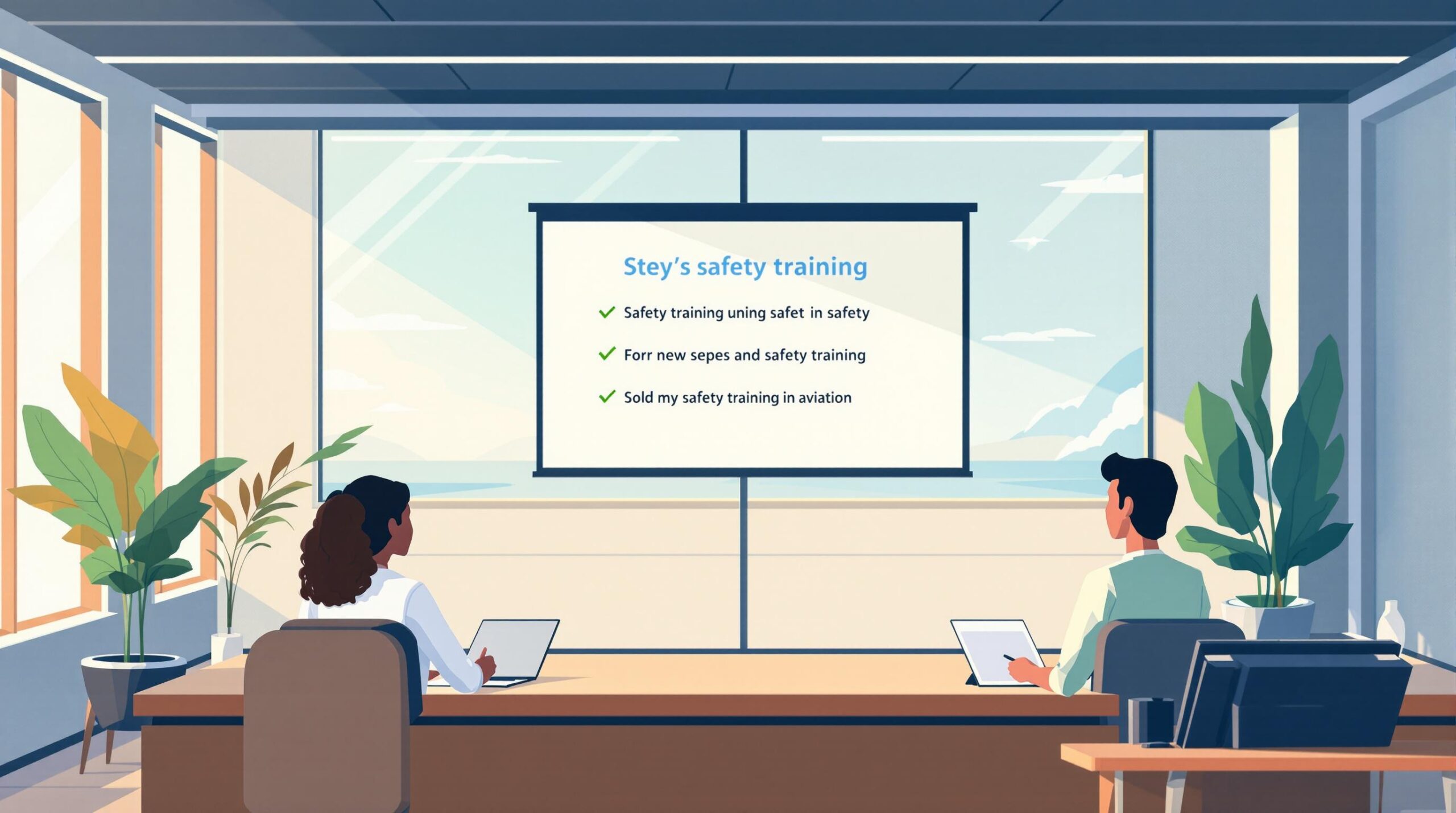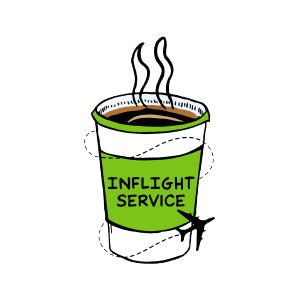A Multi-Engine Rating allows pilots to operate planes with more than one engine, opening doors to commercial aviation careers and improving piloting skills. Here’s a quick breakdown of what it takes:
-
Prerequisites:
- Private Pilot Certificate (PPL)
- Valid medical certificate
- Instrument Rating (recommended)
-
Training:
- 10–15 hours of flight training
- Ground school covering systems, emergencies, and performance
- Mastery of engine-out scenarios and advanced maneuvers
-
Testing:
- Pass a knowledge test
- Complete a practical checkride (4–6 hours total)
- Costs: $5,000–$8,000
-
Maintenance:
- Stay current with takeoffs/landings and flight reviews
- Regularly practice emergency procedures
Whether you’re aiming for a commercial airline or corporate aviation role, this certification is essential for advancing your career. Learn more about training steps, testing, and career growth opportunities in the full article.
Multi Engine Basics – Part 1
Qualification Requirements
Pilots must meet FAA standards to ensure they have the skills needed to operate complex, multi-engine aircraft safely. Below, you’ll find details on age, licensing, and flight experience requirements.
Age and Medical Requirements
To qualify, pilots must be at least 17 years old and hold a valid medical certificate. A third-class certificate is required for private flying, while commercial operations need a second-class certificate, which must be renewed every 12 months.
Required Pilot Licenses
Most candidates hold the following:
- Private Pilot Certificate (SEL)
- Instrument Rating
- Commercial Pilot Certificate (optional but recommended)
Many flight schools suggest earning an Instrument Rating before starting multi-engine training. This rating helps pilots gain experience with advanced flight planning and handling more complex aircraft.
Flight Experience
While the FAA doesn’t set specific flight hour minimums, most schools have their own requirements:
| Experience Category | Recommended Minimum |
|---|---|
| Total Flight Time | 150 hours |
| Pilot-in-Command Time | 100 hours |
| Cross-Country Time | 50 hours |
| Night Flight Time | 10 hours |
For the Multi-Engine Rating itself, training typically involves:
- 10-15 hours of flight training
- 10-20 hours of ground instruction
- Completion of both knowledge and practical tests
During this training, pilots are expected to master:
- Emergency procedures
- Aircraft systems management
- Navigation and flight planning
- Aeronautical decision-making
The cost for multi-engine training generally ranges from $5,000 to $8,000. This includes flight and ground instruction, study materials, and checkride fees. These steps prepare pilots for the next phases of their aviation journey.
Training Steps
Multi-engine training combines detailed ground instruction with hands-on flight practice to build skills for operating more advanced aircraft. This mix of classroom learning and in-flight experience lays the foundation for mastering multi-engine operations.
Ground School Topics
Ground school focuses on understanding key systems and procedures for multi-engine aircraft:
| Topic Area | Core Topics |
|---|---|
| Aircraft Systems | – Fuel systems and management – Electrical systems – Hydraulic systems – Landing gear operations |
| Performance | – Weight and balance calculations – Takeoff and landing performance – Cruise performance charts |
| Emergency Procedures | – Engine failure scenarios – Critical engine handling – Single-engine operations – Emergency descents |
| Advanced Operations | – High-altitude procedures – Pressurization systems – Anti-icing and de-icing equipment – Complex aircraft systems |
Required Flight Training
After completing ground instruction, students apply what they’ve learned in the air. Flight training includes:
- Basic maneuvers: Normal takeoffs, landings, and steep turns
- Engine-out procedures: VMC demonstrations and handling engine failures during different flight phases
- Emergency operations: Single-engine approaches and go-arounds
- Advanced skills: Short-field techniques and instrument approaches
Training often takes place in multi-engine aircraft like the Piper Seminole, Beechcraft Duchess, or Diamond DA42. Students practice flying in both visual and instrument conditions.
Required Endorsements
Before taking the checkride, pilots need these endorsements:
- Knowledge Test Endorsement: Confirms readiness for the written exam
- Practical Test Endorsement: Verifies proficiency in maneuvers and emergency handling
- Training Verification: Certifies completion of required ground and flight training
Pilots must document:
- Ground instruction hours
- Flight training time
- Proficiency in required maneuvers
- Competency in emergency procedures
Endorsements are valid for 60 days from the date they are issued.
sbb-itb-de05b1b
Testing Requirements
After completing training and honing your skills, pilots must demonstrate their abilities through a thorough evaluation. The multi-engine rating practical test is designed to assess readiness for operating multi-engine aircraft.
Checkride Overview
This practical test usually lasts between 4 to 6 hours and includes several stages:
| Test Component | Duration | Key Focus Areas |
|---|---|---|
| Ground Portion | 1.5-2 hours | Systems knowledge, emergency procedures, performance calculations |
| Pre-flight | 30-45 minutes | Aircraft inspection, systems checks, weight and balance |
| Flight Test | 1.5-2 hours | Normal operations, emergency procedures, instrument work |
| Post-flight | 30 minutes | Debrief, documentation review, certification paperwork |
The test must be conducted in a multi-engine aircraft that meets FAA standards. Common choices for training and checkrides include the Piper Seminole and Beechcraft Duchess. Below is a breakdown of what examiners focus on during the test.
Key Test Elements
Examiners assess your skills in four main areas:
- Ground Knowledge Demonstration
This oral exam tests your understanding of aircraft systems, performance, and emergency procedures. You’ll need to show expertise in:
- Multi-engine aerodynamics and performance
- Systems operations and limitations
- Decision-making during emergencies
- Weight and balance calculations
- Normal Flight Operations
You’ll perform standard maneuvers while staying within FAA Practical Test Standards (PTS). This includes:
- Maintaining altitude within ±100 feet
- Holding heading within ±10 degrees
- Controlling airspeed within ±10 knots
- Performing coordinated turns with proper rudder use
- Emergency Procedures
You’ll need to handle critical scenarios, such as:
- Engine failure during different phases of flight
- Single-engine maneuvering and approach techniques
- VMC demonstrations at safe altitudes
- Instrument Procedures
Even if you’re earning a VFR-only rating, basic instrument skills are evaluated. These include:
- Tracking VOR radials and intersections
- Controlling the aircraft using instruments
- Executing basic instrument approaches
- Demonstrating proficiency with modern navigation systems
Throughout the test, the examiner will look for consistent situational awareness. To pass, you must meet all FAA Practical Test Standards.
Rating Maintenance
Keep your multi-engine rating in good standing by practicing regularly and adhering to FAA requirements. Staying proficient ensures your skills remain sharp and ready for any situation.
Flight Requirements
To stay current with multi-engine aircraft, pilots need to meet specific flight requirements:
| Requirement | Minimum Needed | Timeframe |
|---|---|---|
| Landing Currency | 3 takeoffs and landings | Every 90 days (for passengers) |
| Night Currency | 3 takeoffs and landings at night | Every 90 days (for night ops) |
| Flight Review | 1 hour ground + 1 hour flight | Every 24 calendar months |
| IFR Currency | 6 approaches (includes holding/tracking) | Every 6 calendar months |
Additionally, many insurers require pilots to log 10–15 extra flight hours annually.
Ongoing Training
Meeting the minimum requirements is just the start. Regular practice is crucial for maintaining top-notch skills. Focus on these areas:
-
Emergency Procedures
- Practice engine-out scenarios at safe altitudes.
- Regularly review critical airspeeds.
- Simulate system failures to stay prepared.
-
Instrument Proficiency
- Practice instrument approaches and procedures.
- Stay consistent with approach reviews.
- Maintain strong scanning habits for instruments.
-
Systems Knowledge
- Review your aircraft’s systems every few months.
- Study emergency checklists thoroughly.
- Stay informed about updates to regulations.
Many pilots join training programs offered by organizations like FlightSafety International or SimCom. These programs often include annual simulator training that focuses on emergencies and complex situations.
Advanced Certifications
As you maintain your multi-engine rating, consider advancing your career with higher certifications:
-
Commercial Multi-Engine Certificate
- Requires 250 total flight hours.
- Includes 10 hours in complex aircraft.
- Involves additional training in commercial maneuvers.
-
Airline Transport Pilot (ATP)
- Requires 1,500 total flight hours, including:
- 50 hours of multi-engine time.
- 75 hours of instrument time.
- Completion of the ATP written exam and ATP CTP course is mandatory.
- Requires 1,500 total flight hours, including:
-
Type Ratings
- For larger multi-engine aircraft, you’ll need:
- Training on specific aircraft systems.
- Simulator evaluations.
- A practical test tailored to the aircraft type.
- For larger multi-engine aircraft, you’ll need:
Professional pilots should keep detailed records of their multi-engine flight hours, as airlines and charter operators often have specific requirements. Using digital tools like Pilot Pathfinder (https://pilotpathfinder.com) can help you track your hours accurately and efficiently.
Conclusion
Key Takeaways
Earning a Multi-Engine Rating is a major step forward in your aviation journey. Here’s a breakdown of the key requirements to achieve this milestone:
| Requirement Category | Key Details |
|---|---|
| Prerequisites | – Hold a valid Private Pilot Certificate (PPL) or higher – Current medical certificate – English language proficiency |
| Training | – Ground instruction – Typically 10-15 hours of flight training – Mastery of systems and emergency procedures |
| Testing | – Complete a knowledge test – Pass the practical test (checkride) – Obtain instructor endorsements |
| Maintenance | – Meet regular currency requirements – Complete a biennial flight review – Participate in ongoing proficiency training |
Having the right tools and resources can help you build and manage your multi-engine career effectively.
Career Tools and Resources
To maximize the potential of your Multi-Engine Rating, consider using tools that streamline career management and growth. One such resource is Pilot Pathfinder (https://pilotpathfinder.com), which can help you:
- Track and organize your multi-engine hours and certifications
- Create professional aviation resumes that emphasize multi-engine experience
- Simplify airline application processes
- Securely store and convert logbook data
- Prepare for interviews tailored to multi-engine roles
Your Multi-Engine Rating is just the beginning. Whether you aim to fly commercially or join an airline, keeping detailed records of your multi-engine experience is essential. By sharpening your skills and utilizing advanced tools, you can build on the foundation of your training. Stay up to date with training requirements and explore advanced certifications like ATP or type ratings to open up even more career opportunities.
